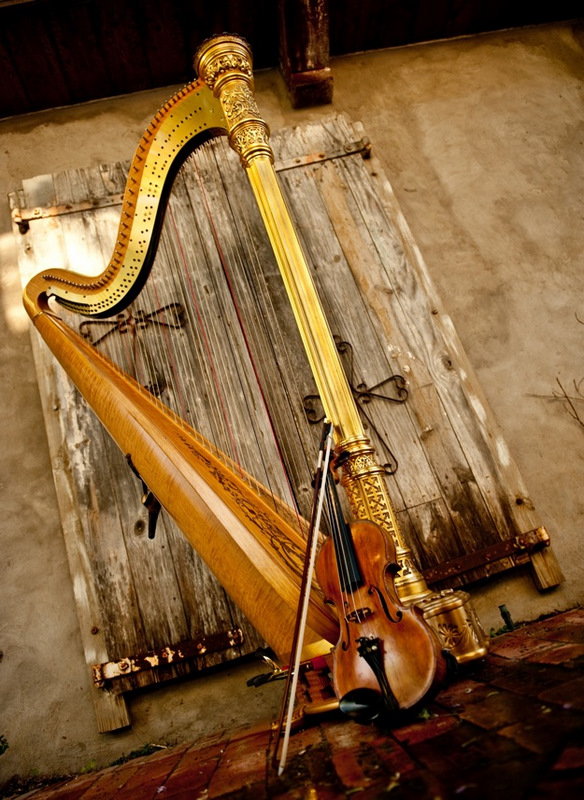1) Where does the sound come out from the flute? Most of the sound comes from the location where the air that the flutist blows strikes the flute. This is the part of the flute that is right in front of the lips and is called the “strike wall”.
2) Are flute players called flutists or flautists?
Both terms are equally correct. I personally prefer “flutist” because what is a “flaut” anyway?
3) Do you ever need a microphone for your flute when performing?
I rarely need a microphone because the flute is a very resonant instrument and its sound carries well both indoors and outdoors. I do need amplification if there is excessive ambient noise, or if I am playing in a band in which all the other members are amplified.
4) How do you hold the flute to play “air flute”?
Hold the flute out to your right with your left hand to the right of your face facing in and your right hand further to the right facing out. Both thumbs will curve naturally under the flute. For a more detailed description of holding a real flute go .
5) What are flutes made out of?
Flutes can be made of many different materials. Many student models are made of nickel or silver plated. Professional models are usually made of silver, gold, or platinum. Flutes have also been made from tin, copper, wood, plastic, carbon fiber, aluminum, palladium, bones, glass, and even carrots. My flute is silver on the inside and rose gold on the outside.
6) Can you play like Jethro Tull?
Ian Anderson is the flute player and leader of Jethro Tull. I’ve never actually spent time trying to copy him, but I do my own style of flute improvisation to various musical genres.
7) What is the difference between a flute and a recorder?
A flute is held horizontally and played by blowing across the tone hole, while a recorder is held vertically and played like a whistle. The flute has a more complex system of keys that cover the holes while a recorder simply has holes that the player has to cover with their fingers. Flutes are typically made of metal and recorders are usually made of plastic or wood. The flute is far more versatile, and most of the music written for recorders by major composers was written in the Baroque period (1680-1720).
8 ) Does playing the flute take a lot of air?
Playing the flute does take a lot of air, but it’s important to learn how to control the air than rather than just to blow hard. A flute player must learn to breathe correctly to take in the maximum amount of air and then use their muscles to support the air stream while releasing it in a very controlled manner. Good flute players also know how to correctly shape their embouchures (the way their lips are shaped) and adjust the space between their lips to focus the air so there is minimal waste. Using these techniques, a flute player can play long phrases without taking a breath.
9) Why are there holes in the keys of the flute?
Most intermediate to professional flutes have keys with holes in them. The benefit of having holes in your keys is that you can partially cover the holes and be able to play notes that are in between the normal notes of a scale. You can also use the holes to slide from one note to another note. This is particularly handy for modern music that uses extended techniques and for Irish music.
10) Why are some flutes so expensive?
Both materials and workmanship have big impacts on the price of a flute. The going price of precious metals and the amounts of those metals in a particular flute will have a strong impact on its current value. Other factors that affect the cost of a flute are the amount of handmade versus machine made parts in the flute and the quality of materials used to make the flute.
Unlike stringed instruments, flutes do not typically gain value with age. However, a well maintained flute, particularly one made of a precious medal, can retain its value. As improvements are made to the design of the flute, people tend to buy newer improved models in favor of the older styles.




 I have been chosen in competition to be a member of the 2012 Professional Flute Choir, and will be performing in concert with other flutists from across the nation at this year’s National Flute Association Convention in Las Vegas, NV. If you are attending the convention, or live in Las Vegas, this is a chance to hear a one of a kind concert of challenging music. We will play at the Pompeian Ballroom in Ceasars Palace on Saturday, August 11th at 10:00am and for the closing ceremonies at the Augustus Ballroom in Ceasars Palace on Saturday, August 11th at 4:00pm.
I have been chosen in competition to be a member of the 2012 Professional Flute Choir, and will be performing in concert with other flutists from across the nation at this year’s National Flute Association Convention in Las Vegas, NV. If you are attending the convention, or live in Las Vegas, this is a chance to hear a one of a kind concert of challenging music. We will play at the Pompeian Ballroom in Ceasars Palace on Saturday, August 11th at 10:00am and for the closing ceremonies at the Augustus Ballroom in Ceasars Palace on Saturday, August 11th at 4:00pm.

















